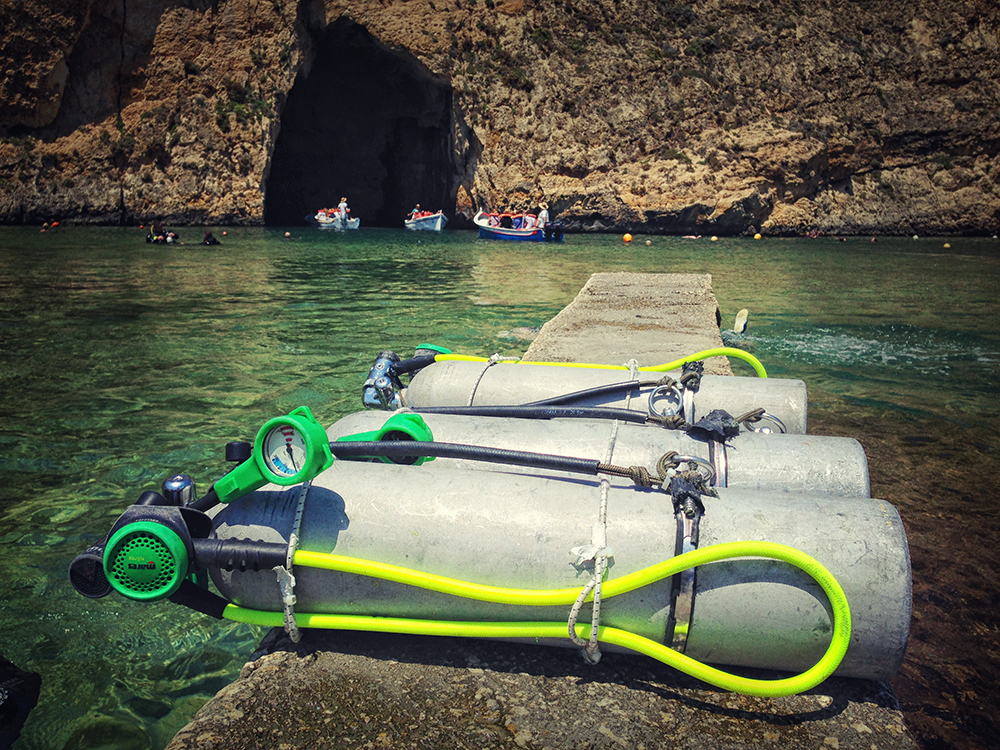So this Summer I finally got around training for the TDI (Technical Diving International) Decompression Procedures & Advanced Nitrox course. I had a fantastic instructor – Brian Azzopardi from Atlantis Diving, Gozo – and a great fellow student and dive buddy – Robert Vojencak – accompanying me during all dives.
We started off with theory. Having read the course manual, we reviewed all the material again in the classroom with Brian – and asked lots of questions!
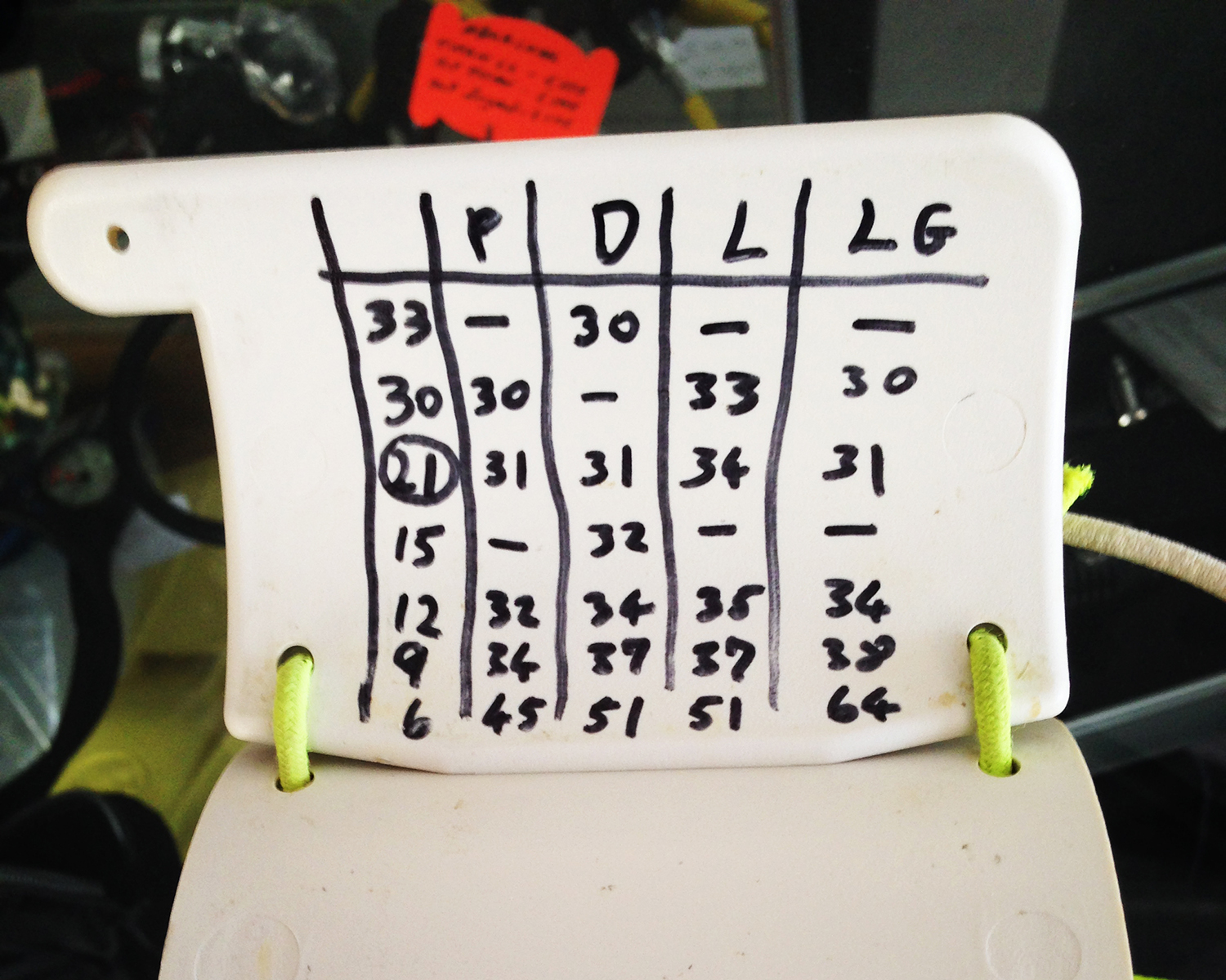
After the theory was over, we set up our rig (see picture below), which consisted of double 10L steel cylinders backmounted on an OMS dual bladder wing.

After setting up the rig, we loaded everything in the landrover and set off for our first dive.
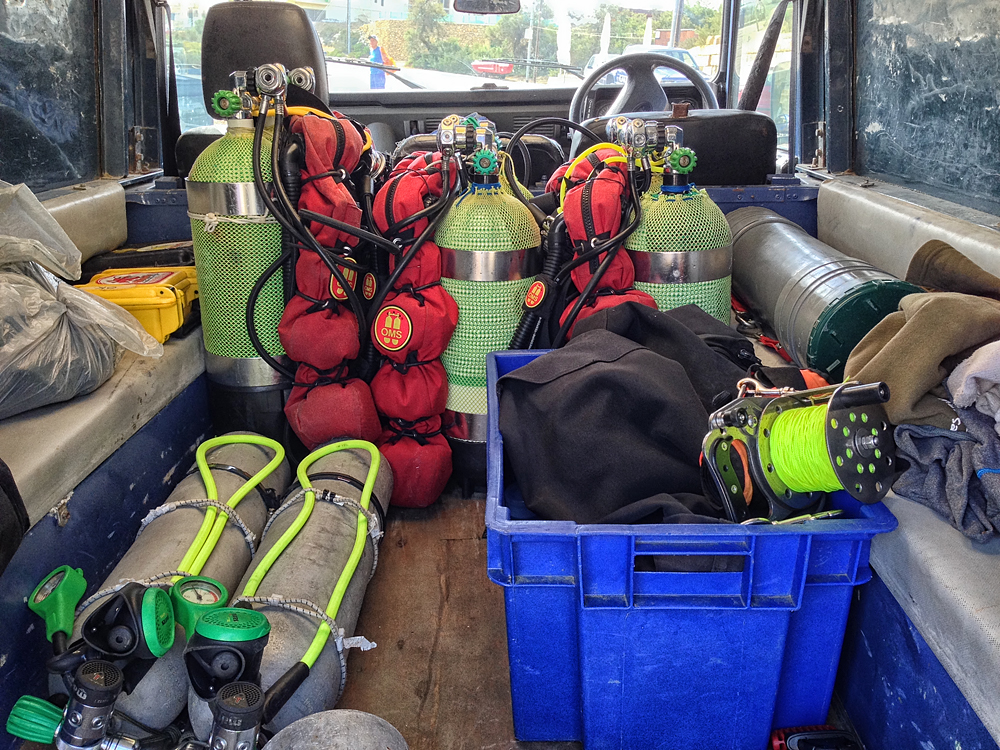
We carried out our dives at a variety of sites, starting with a shallow dive (max depth: 9.7m) at Xwejni Bay in Marsalforn to familiarize ourselves with the equipment and run through some of the required skills. These included (amongst others) opening / closing manifold & cylinder valves, handing over / receiving the deco cylinder, removing mask & putting on backup mask, deploying the DSMB, and simulating deco stops.
Subsequent dive sites included the Tunnel of the Inland Sea, Ras il-Hobz / Middle Finger (see picture below) and the wrecks at Xatt l-Ahmar.
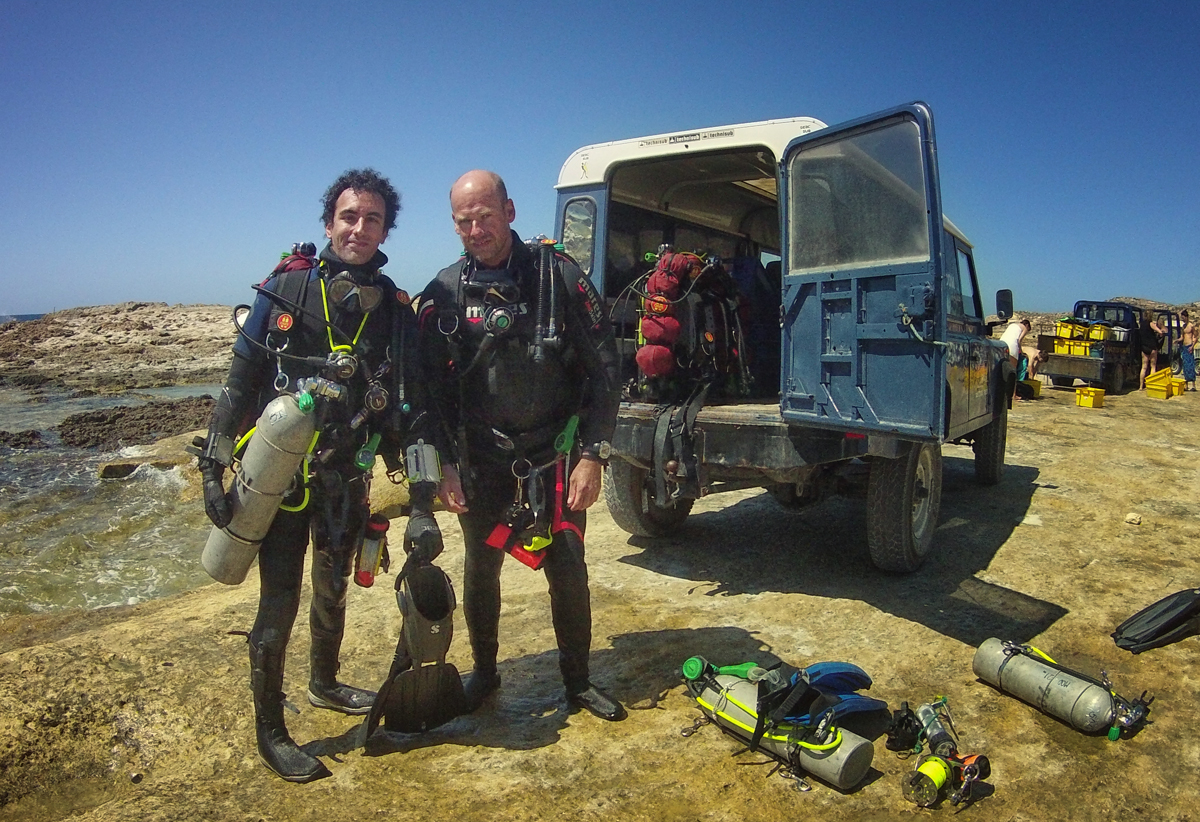
Getting used to the new equipment was a fun challenge. Initially I felt as if I was learning to dive again from scratch! But as the first dive (which ran for almost 2 hours) proceeded along, things started becoming easier, and when we went for the afternoon dive (max depth: 30.8m), we could start focusing on the dive itself rather than the equipment.
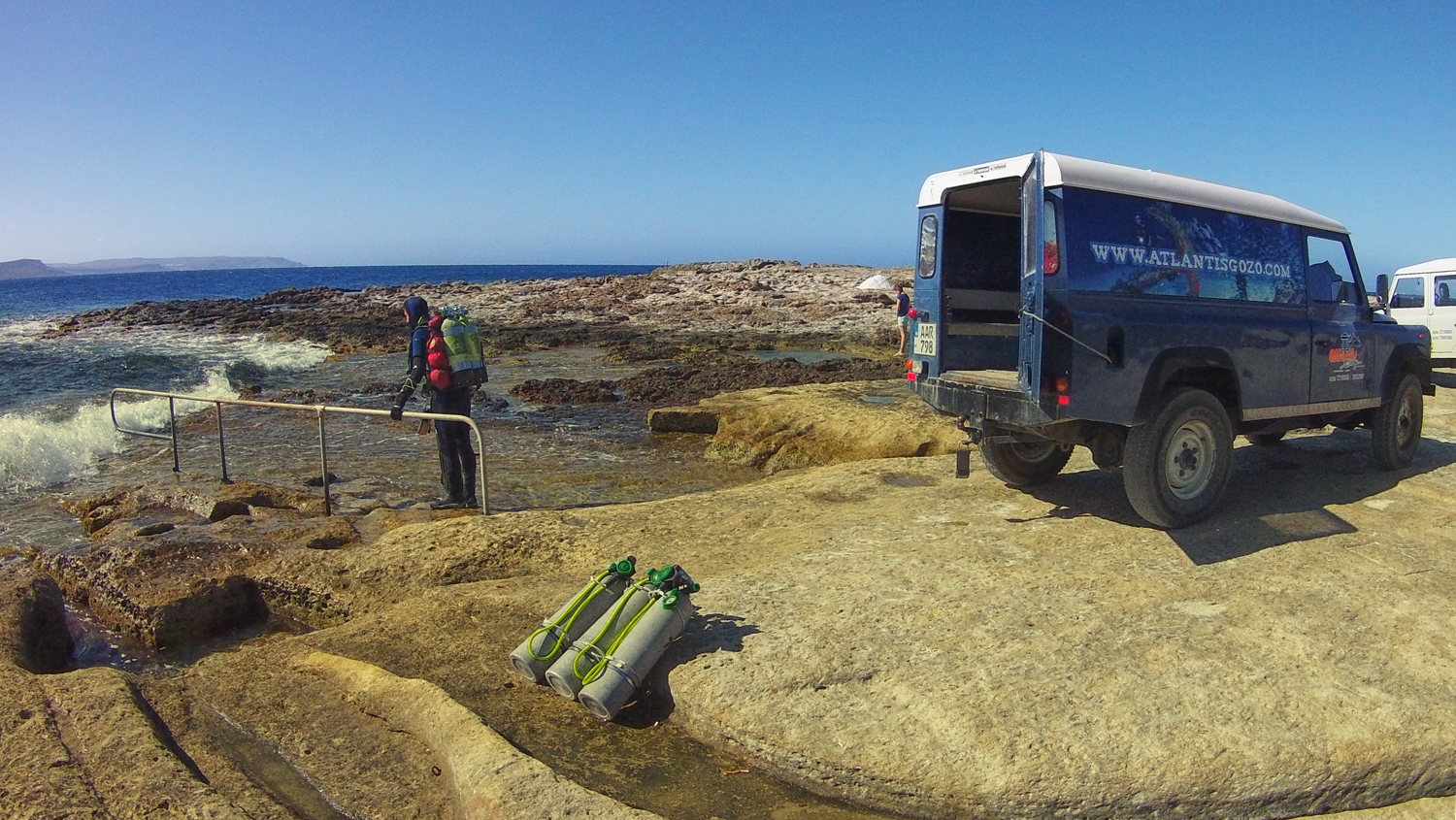
A major distinction between decompression diving and recreational diving is that you cannot just make an ascent to the surface in case of problems. Technical diving requires a completely different mindset. When you know that you have a decompression ceiling above your head, you realize that you have to be able to count on yourself to handle any problems and emergencies (an attitude which, of course, is desirable in recreational diving also!).
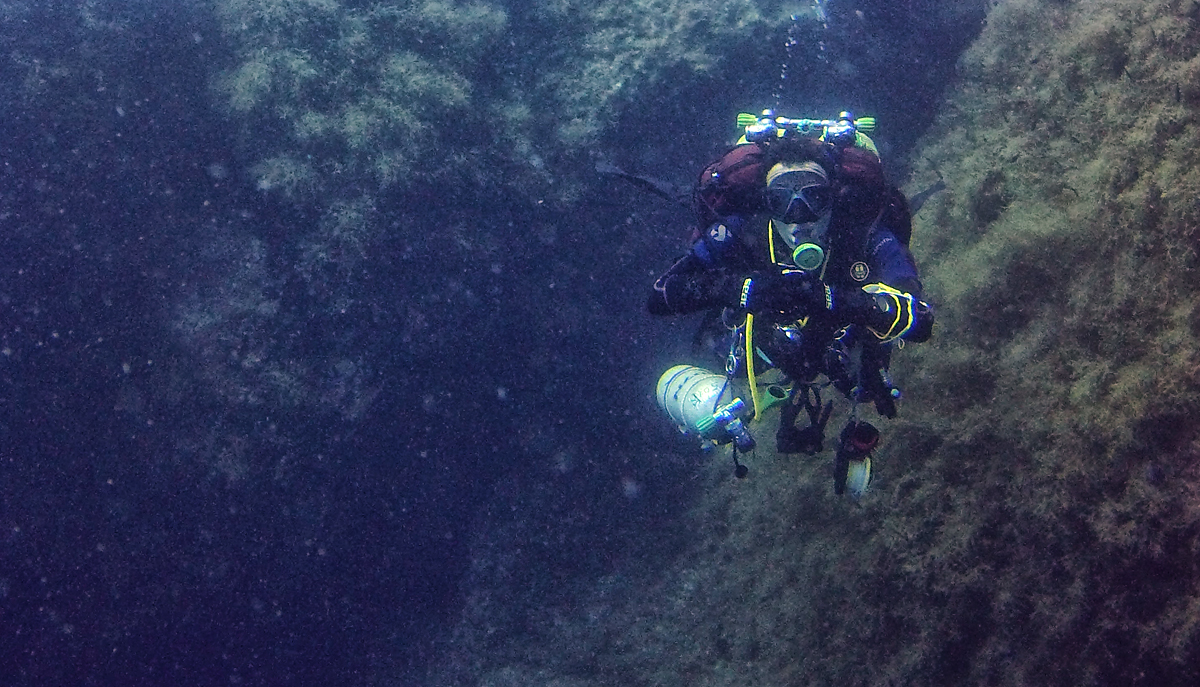
Failure to observe the required decompression stops could result in serious injury or death. For this reason, tech divers leave nothing to chance, and focus a lot on redundancy (in all its facets, be it breathing gas, buoyancy, mask or lights, to name a few), problem-solving, and skills-practice – both during and after their training.
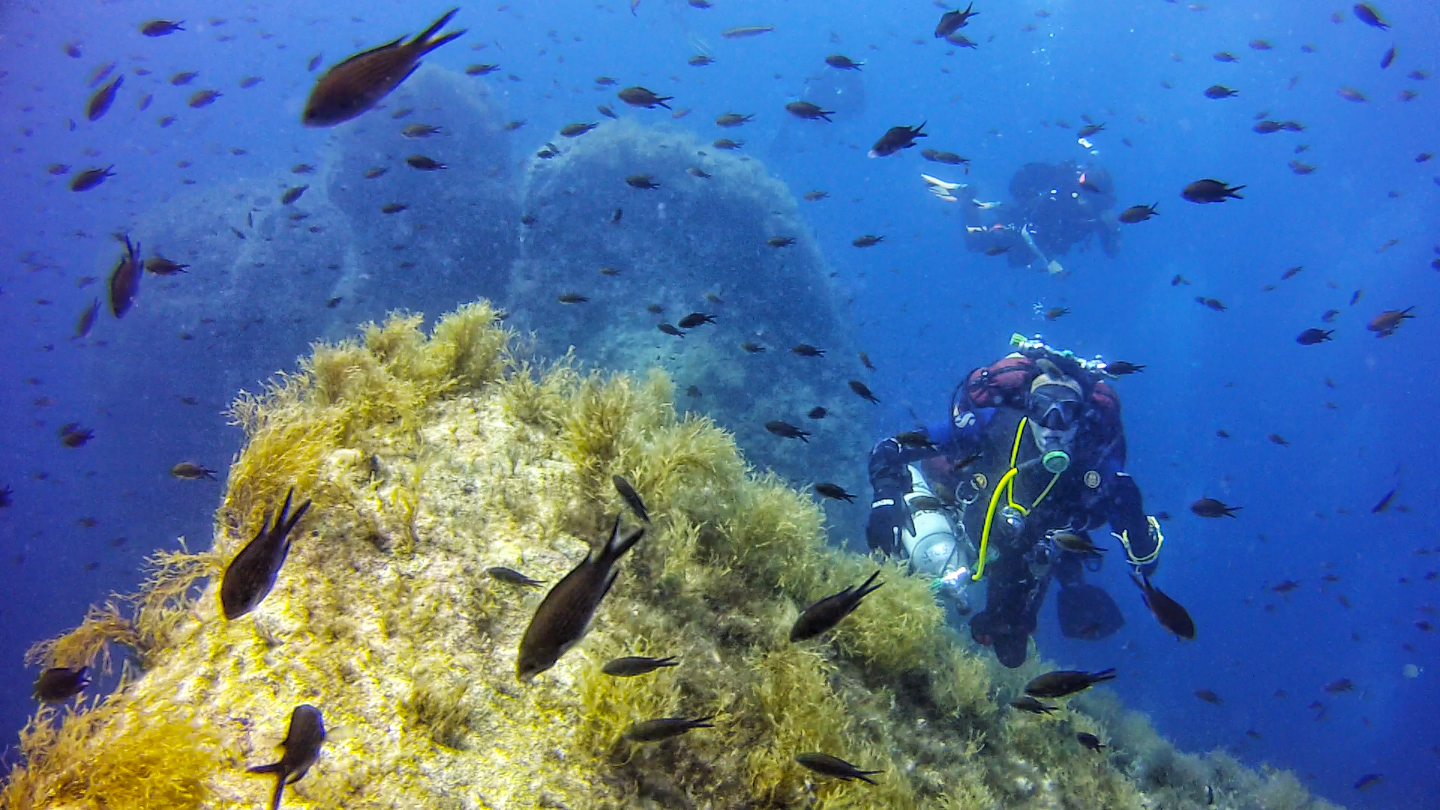
In summary, the combo of these two courses was great fun, and I truly learned a lot! I very much recommend this course to all those who would like to dive deeper, considerably extend their bottom time, or both. And if you’re tech-minded, like setting up and configuring gear, and take pleasure in planning your dives to the last detail, then this is definitely the course for you!
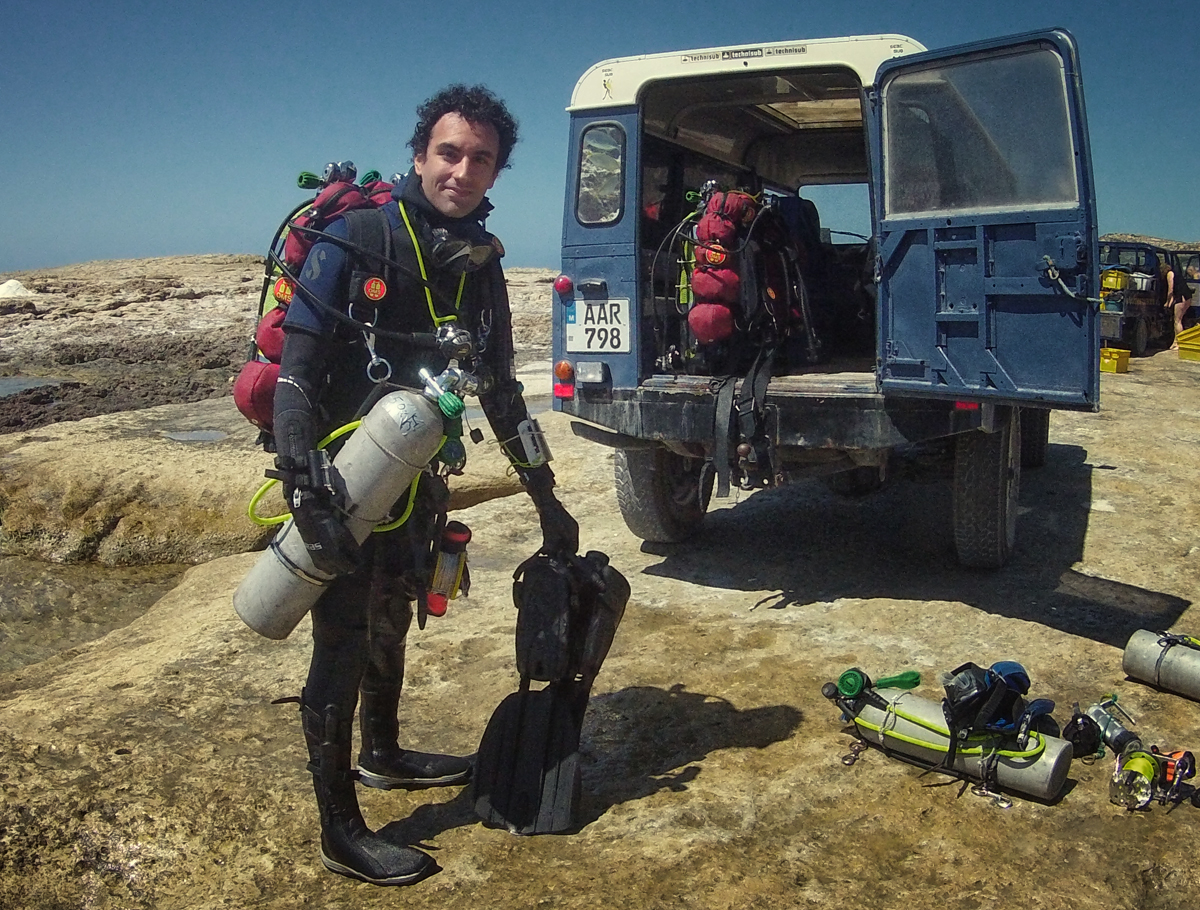
I still think that theory-wise, all divers would do well to continue furthering their knowledge. Not only does this make one a safer diver, deeper understanding also makes diving more interesting and fun. While the manual does a good job, it provides only an overview and what is required to plan dives safely, but stays shy of going into any more detail. So if you happen to be interested in learning more – as we all should be! – and particularly, if you would like to take your first step into tackling more of the theory behind decompression algorithms (without having to go through the technical literature), a good resource is Deco for Divers by Mark Powell.
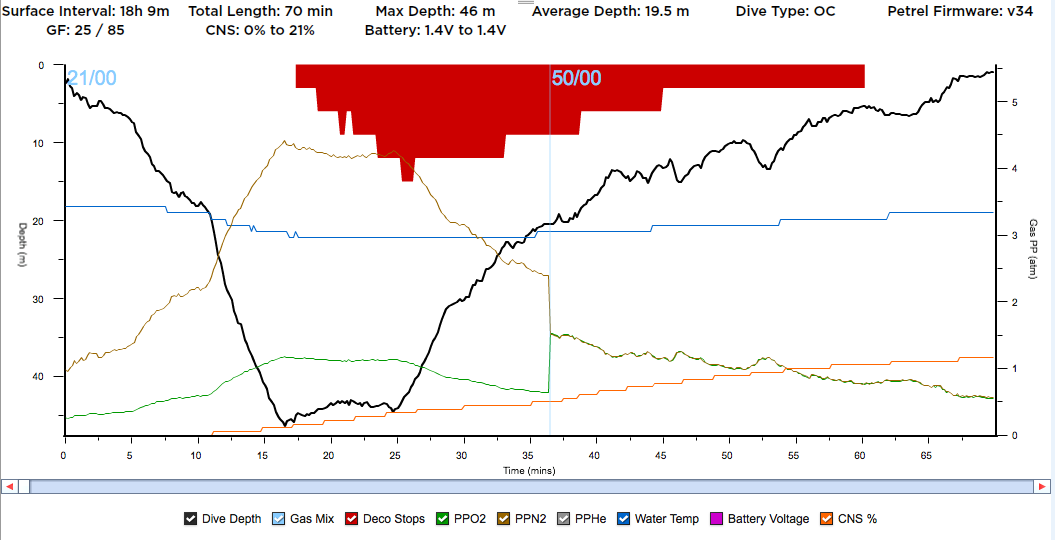
From a more practical side, I found The Six Skills and Other Discussions: Creative Solutions for Technical Divers and Staying Alive: Applying Risk Management to Advanced Scuba Diving, both by Steve Lewis, to be an excellent read. You might not necessarily opt to adopt all the recommendations provided in these books, but they have some very valuable advice, both about equipment and practice.
Well, that’s all for this post, folks. Happy & safe diving to all!
